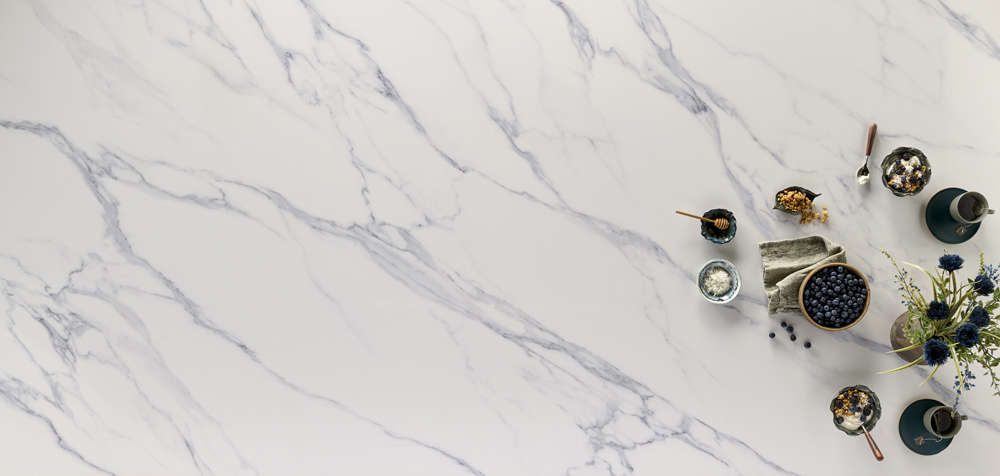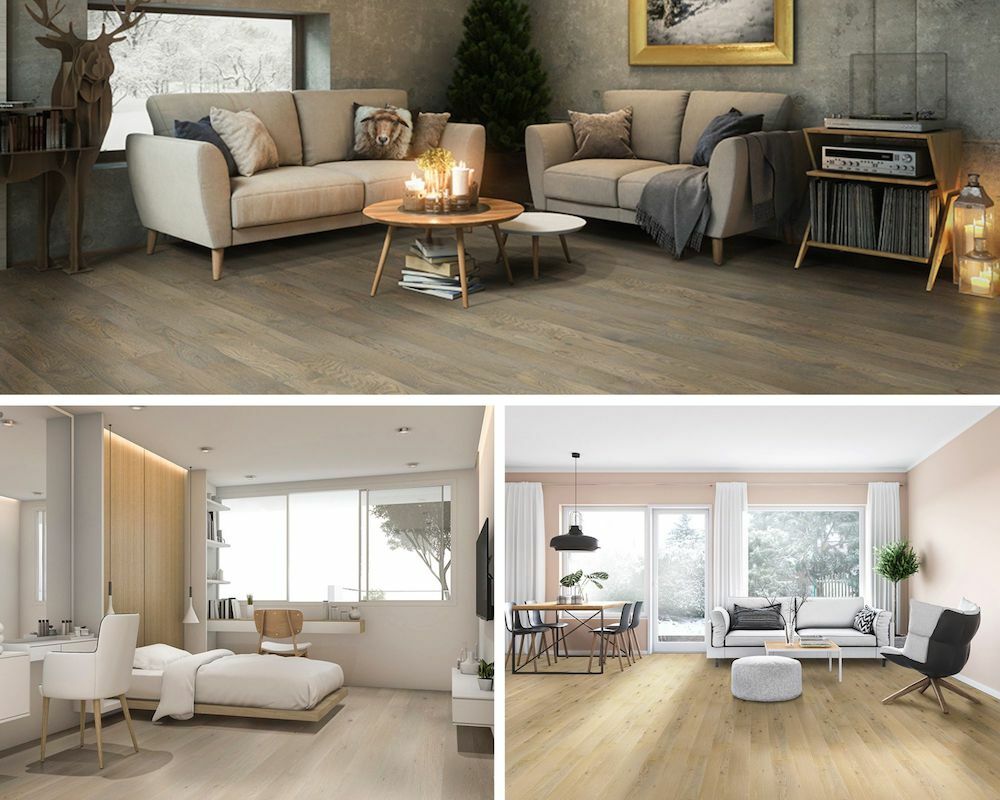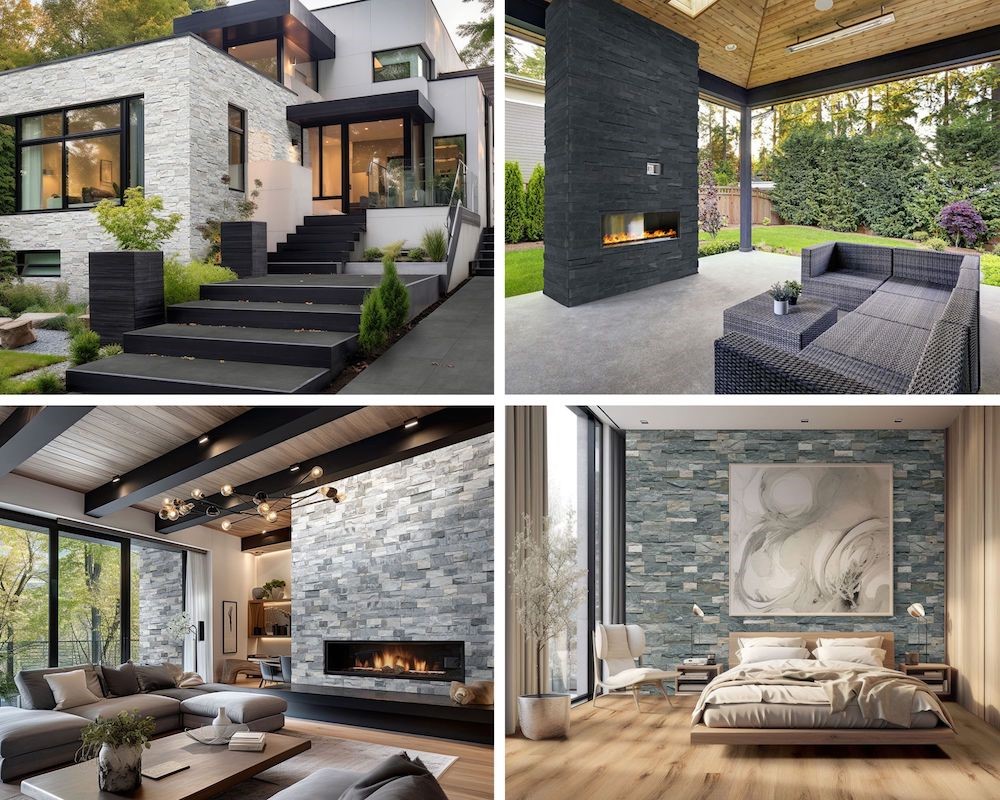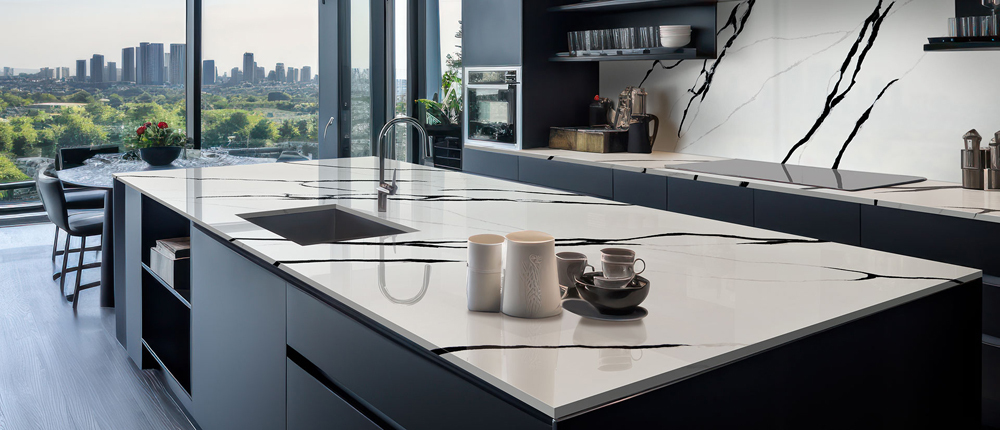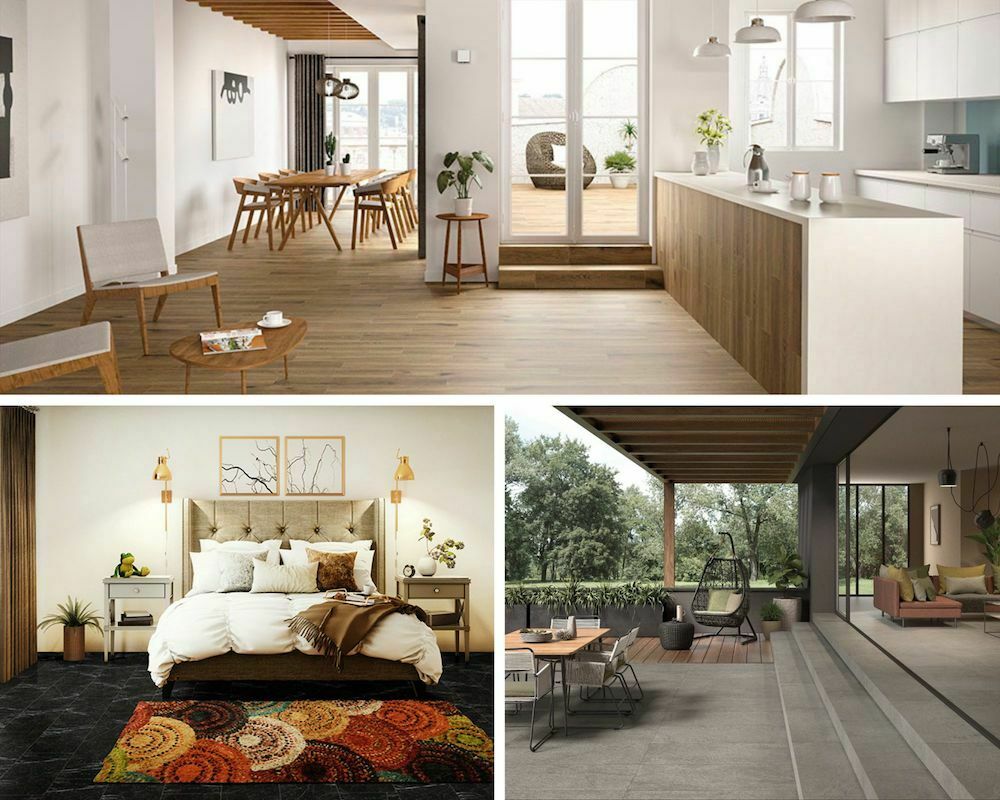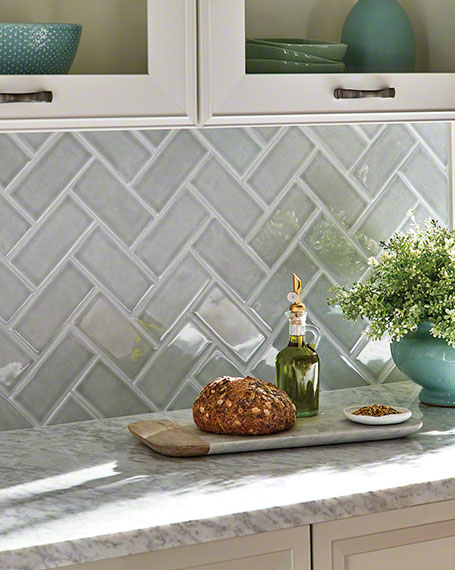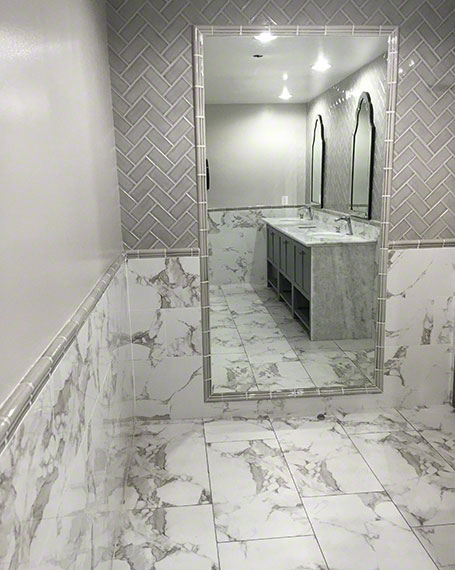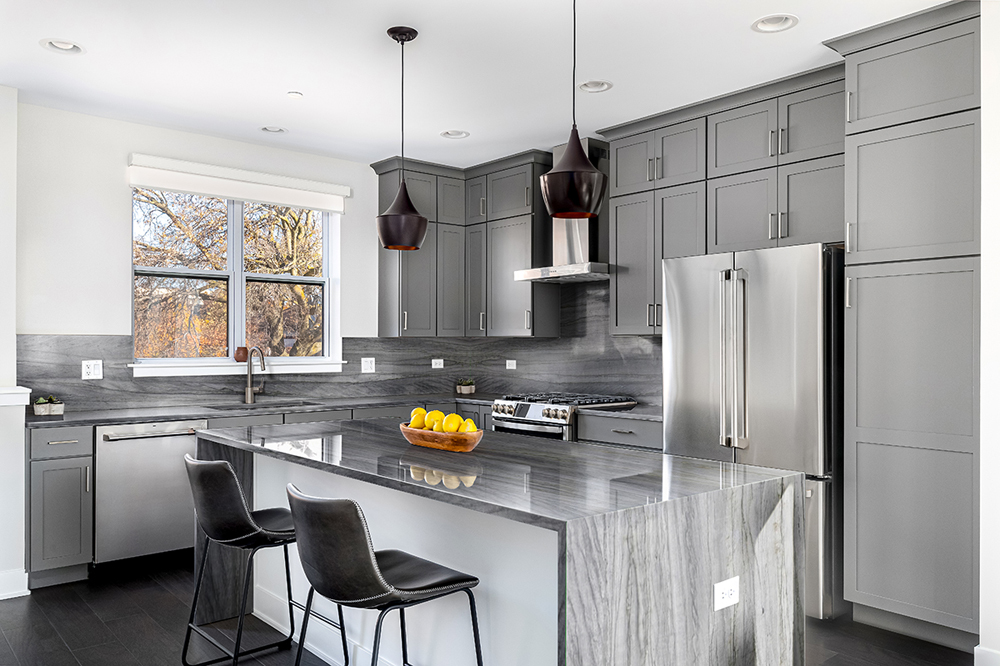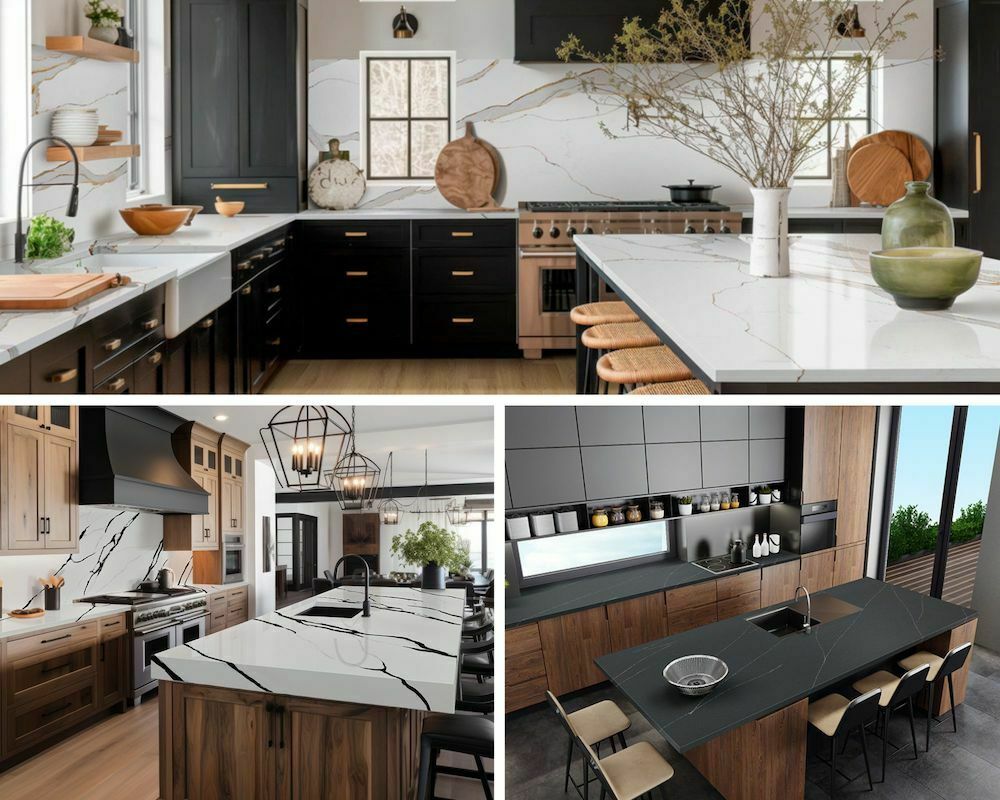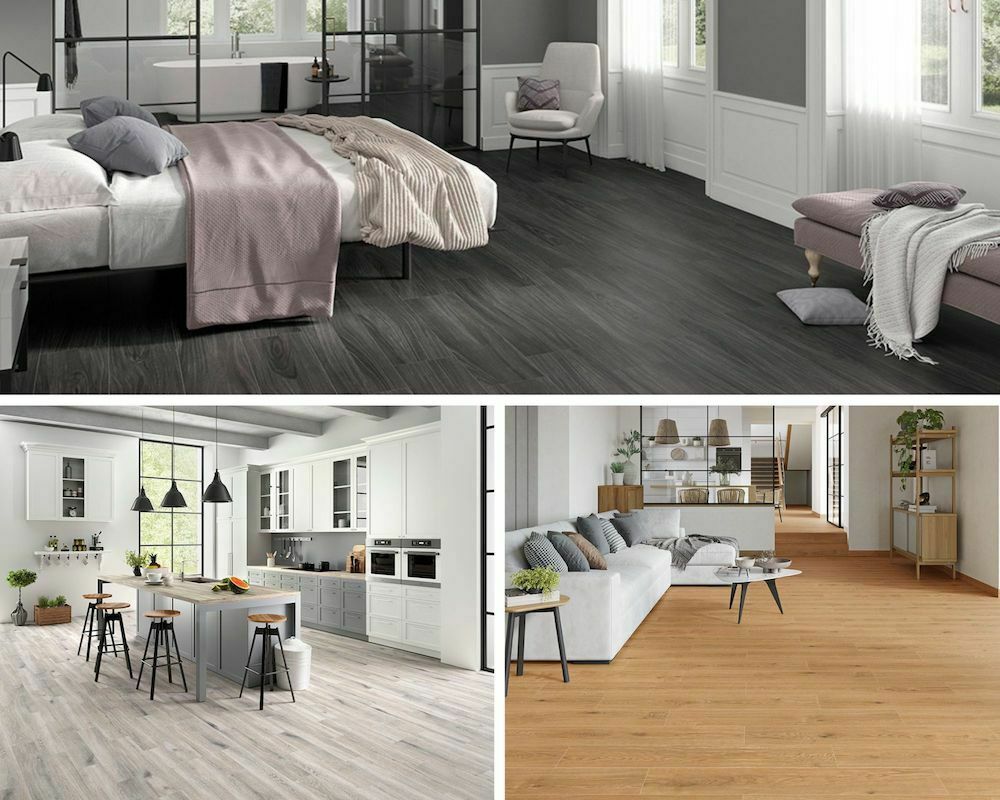Popular
Designing With Quartzite: Countertop Trends To Watch In 2025
Quartzite countertopsare not just functional, they’re a centerpiece of design evolution, and2025 is no exce ...
Read MoreQuartz Countertop Color Trends: A Look Ahead To 2025
Calacatta Anava™ QuartzWhen it comes to designing stunning interiors, quartz countertopscontinue to reign s ...
Read More
Flooring
Woodhills® Waterproof Wood Flooring Vs. Traditional Hardwood: A Modern, Cost-Effective Choice
Balancing aesthetics, durability, and cost is paramount when ...
Read More
Stacked Stone
XL Rockmount™ Stacked Stone: Versatile Elegance For Modern Homes
Stacked stone has remained a timeless design element for cen ...
Read More
Quartz Countertops
MSI Quartz Countertops: Modern Design Tips For Contemporary Kitchens
Calacatta Lumanyx™ QuartzIn today’s home design ...
Read More
#msisurfaces
POPULAR
Porcelain Tile Flooring Trends For 2025
There’s so much to love about porcelain tile, with practical benefits like waterproof, stain-resistant perf ...
Read More
Quartzite Countertops
Pair MSI Quartzite With Coordinating Cabinet Colors For A Seamless Look
Platinum GrayQuartziteQuartzite has become a sought-after su ...
Read More
Quartz Countertops
Bold Quartz Countertop Colors For Statement Kitchens
Your home is more than just the place where you rest your he ...
Read More
Porcelain and Ceramic Tile
Installing Wood Look Porcelain Tile: A Step-By-Step Guide
Porcelain tile that mimics the beauty of natural wood has su ...
Read More